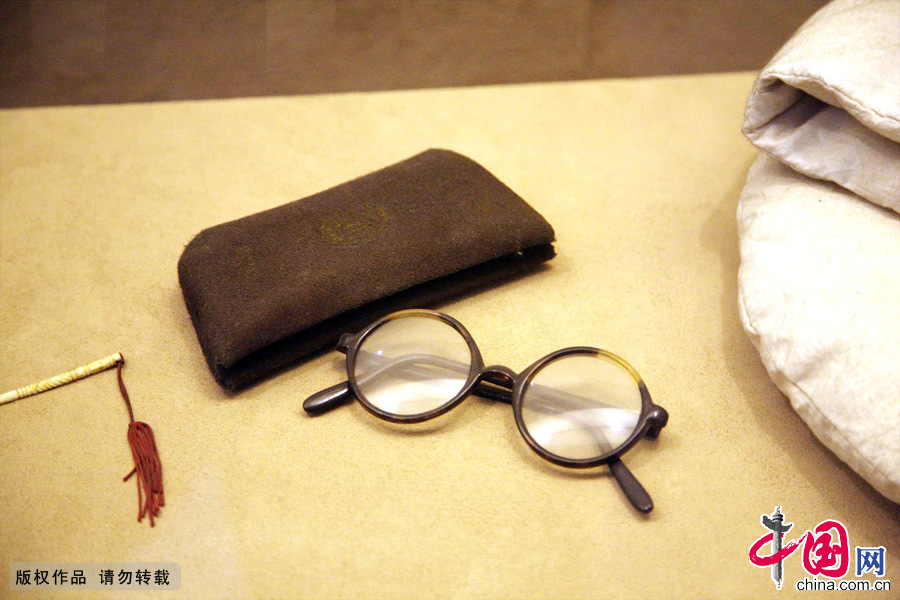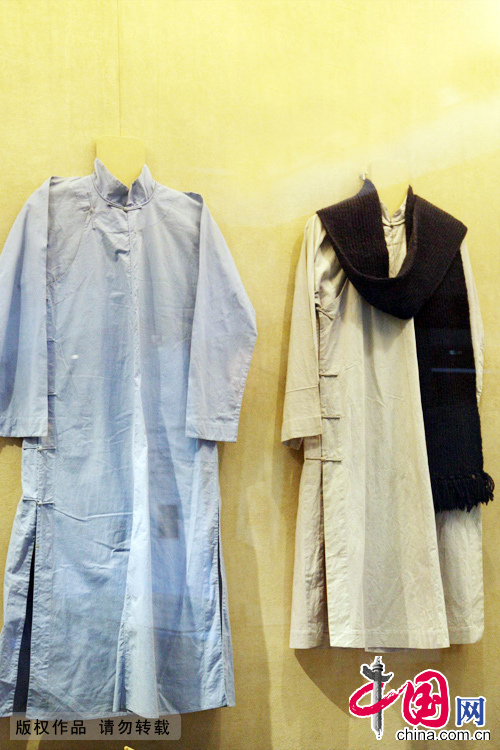
Located near Fuchengmen in the northwestern part of Beijing, the Lu Xun Museum in Beijing is a memorial of historical celebrities. The museum, built in October 1956, takes up an area of 12,000 square meters, of which 1,000 square meters is for the basic display of Lu Xun's life.Lu Xun (1881-1936) was regarded as the founder of modern Chinese writing and was a revered scholar and teacher. He played an important role of the anti-imperialist May the Fourth Movement in 1919, and his greatest legacy was leading the revolution of simplified Chinese script.[China.org.cn] 
Located near Fuchengmen in the northwestern part of Beijing, the Lu Xun Museum in Beijing is a memorial of historical celebrities. The museum, built in October 1956, takes up an area of 12,000 square meters, of which 1,000 square meters is for the basic display of Lu Xun's life.Lu Xun (1881-1936) was regarded as the founder of modern Chinese writing and was a revered scholar and teacher. He played an important role of the anti-imperialist May the Fourth Movement in 1919, and his greatest legacy was leading the revolution of simplified Chinese script.[China.org.cn] 
Located near Fuchengmen in the northwestern part of Beijing, the Lu Xun Museum in Beijing is a memorial of historical celebrities. The museum, built in October 1956, takes up an area of 12,000 square meters, of which 1,000 square meters is for the basic display of Lu Xun's life.Lu Xun (1881-1936) was regarded as the founder of modern Chinese writing and was a revered scholar and teacher. He played an important role of the anti-imperialist May the Fourth Movement in 1919, and his greatest legacy was leading the revolution of simplified Chinese script.[China.org.cn] 
Located near Fuchengmen in the northwestern part of Beijing, the Lu Xun Museum in Beijing is a memorial of historical celebrities. The museum, built in October 1956, takes up an area of 12,000 square meters, of which 1,000 square meters is for the basic display of Lu Xun's life.Lu Xun (1881-1936) was regarded as the founder of modern Chinese writing and was a revered scholar and teacher. He played an important role of the anti-imperialist May the Fourth Movement in 1919, and his greatest legacy was leading the revolution of simplified Chinese script.[China.org.cn] 
Located near Fuchengmen in the northwestern part of Beijing, the Lu Xun Museum in Beijing is a memorial of historical celebrities. The museum, built in October 1956, takes up an area of 12,000 square meters, of which 1,000 square meters is for the basic display of Lu Xun's life.Lu Xun (1881-1936) was regarded as the founder of modern Chinese writing and was a revered scholar and teacher. He played an important role of the anti-imperialist May the Fourth Movement in 1919, and his greatest legacy was leading the revolution of simplified Chinese script.[China.org.cn] 
Located near Fuchengmen in the northwestern part of Beijing, the Lu Xun Museum in Beijing is a memorial of historical celebrities. The museum, built in October 1956, takes up an area of 12,000 square meters, of which 1,000 square meters is for the basic display of Lu Xun's life.Lu Xun (1881-1936) was regarded as the founder of modern Chinese writing and was a revered scholar and teacher. He played an important role of the anti-imperialist May the Fourth Movement in 1919, and his greatest legacy was leading the revolution of simplified Chinese script.[China.org.cn] |